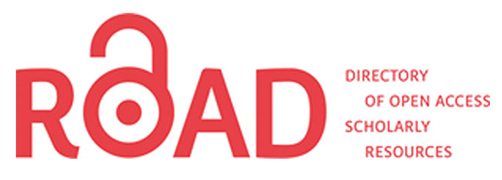Representing the Unrepresentable, Imagining the Unimaginable
DOI:
https://doi.org/10.24215/25457888e043Keywords:
Georges Didi-Huberman, Image, Unrepresentable, Jacques RancièreAbstract
This work proposes a theoretical conjunction between the intellectual production of Georges Didi-Huberman and Jacques Rancière regarding their thoughts on the relationship between image, representation and history. Via an analysis of their contributions, we hope to clarify the position shared between these authors regarding the criticism of the culture of the unrepresentable. To do so, we demonstrate that the unimaginable is not located in the field of that which is impossible to represent, but of a tearing opening that touches us and offers us a displacement of limits.Downloads
References
Didi-Huberman, G. (2020). Imagens apesar de tudo [Imágenes al fin y al cabo]. Editora 34.
Lanzmann, C. (Director). (1985). Shoah [Película]. Fayard.
Rancière, J. (2011). El malestar en la estética. Capital Intelectual. Buenos Aires, Argentina
Rancière, J. (2012). Se o irrepresentável existe [Si lo irrepresentable existe]. En O destino das imagens [El destino de las imágenes] (pp. 119- 149). Contraponto.
Rancière, J. (2018). Figuras da história [Figuras de la historia]. Editora Unesp.
Seligmann-Silva, M. (2000). A história como trauma [La historia como trauma]. En A. Netrovski y M. Seligmann-Silva (Comps.), Catástrofe e representação: ensaios [Catástrofe y representación: ensayos] (pp. 73- 98). Escuta.
Sontag, S. (2003). Diante da dor dos outros [Ante el dolor de otros]. Companhia das Letras.
Wajcman, G. (2001). De la croyance photographique [La creencia fotográfica]. Les Temps modernes, (613), 47-83.
Downloads
Published
How to Cite
Issue
Section
License
Copyright (c) 2022 Allan André Lourenço

This work is licensed under a Creative Commons Attribution-NonCommercial-ShareAlike 4.0 International License.
Current policy since 2019
The acceptance of the manuscript by the magazine means the non-exclusive cession of the property rights of the authors in favour of the editor, who allows the reuse, after publication (post print), under a license Attribution-NonCommercial-ShareAlikes 4.0 International (BY-NC-SA 4.0).
According to these terms, the material can be copied and redistributed by any means or in any format as long as a) the author and original source of the publication are quoted (magazine and URL of the work), access to the license is provided and whether changes have been made is mentioned; and b) the material is not used for commercial purposes.
The cession of non-exclusive rights means that after the publication (post print) in Armiliar the authors can publish their work in any language, means and format; in such cases it must be mentioned that the material was originally published in this magazine. Such cession also means the authorization of the authors for the work to be collected by SEDICI, the institutional archive of the Universidad Nacional de La Plata, and to be spread in the databases that the editorial team considers appropriate to increase the visibility of the publication and its authors.
Moreover, the magazine encourages the authors to deposit their productions in other institutional and thematic archives under the principle that offering the society the scientific and academic production without any restrictions contributes to a greater exchange of the global knowledge.



























